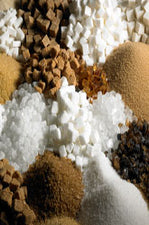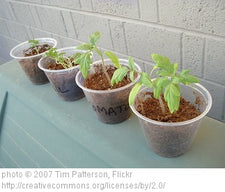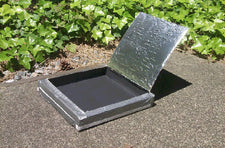The Effect of Acid Rain on Aquatic Life

Like smoking, pollution has "second-hand" effects. While it's easy to understand how disposing chemicals directly into the local lake, chucking a plastic bottle out of a car window into the ditch, or even how the release of chemical emissions into the atmosphere can be harmful to the health of the planet and its inhabitants, the idea that these chemicals, after being released into the atmosphere, can be altered (by nature!) to form other - "second-hand" and equally harmful substances - may not be so straightforward. Budding environmental scientists will appreciate this practical approach to one such second-hand substance - acid rain!
Acid Rain
Acid rain is formed when nitrogen oxide (present in car exhaust among other sources) and sulfur dioxide (used in many manufacturing processes and present in industrial emissions) released into the atmosphere are absorbed by water droplets in clouds. When the chemicals mix with the hydrogen and oxygen of the water, they form an acid. During periods of precipitation, this acidic substance falls to the earth, not only affecting physical structures in its path, but the chemical balance of freshwater bodies and soil.
Project Overview
In this science fair project, created for upper elementary students by Dr. Sara Agee of Science Buddies, students interested in environmental science will explore the effect of acid rain on aquatic life - specifically algae, worms, snails, and plants - in controlled aquatic environments. [NOTE: If you desire to use fish or any other vertebrate animal for this experiment, you will need approval from the Scientific Review Committee (SRC)!]
By creating several substances of differing acidity using household vinegar and testing them on identical aquatic environments, students will:
- Hypothesize about and discover the effects of altering the chemical balance in an aquatic environment.
- Hypothesize about and determine the pH range at which acid rain affects an aquatic environment.
- Hypothesize about, then observe and record how acid rain affects different organisms in the ecosystem, determining similarities and differences.
For background information on the formation of acid rain (including a helpful diagram), a discussion of pH and other important terms, a list of materials and equipment, a step-by-step procedural guide (including example data tables), several experiment extensions or variations, and a list of resources to help you discover how to reduce acid rain, be sure to visit Agee's full post at Science Buddies!



















